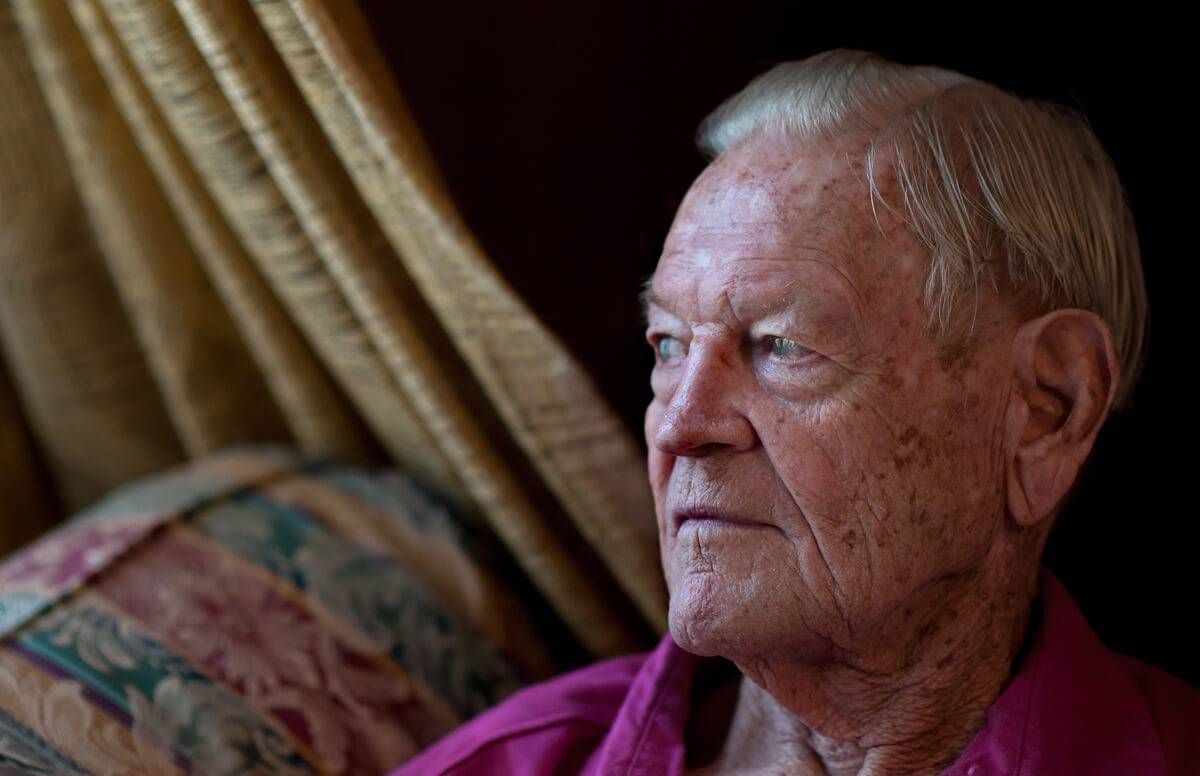How to Fix Social Security for Vulnerable Americans
Proposals to help widows, the oldest old and very low earners
(Editor’s Note: This story is part of a partnership between Next Avenue and Chasing the Dream, a public media initiative on poverty and opportunity.)

We all know the Social Security system needs reforming to keep it solvent so Americans will continue receiving their promised benefits. But Social Security also could be improved to better assist the economically vulnerable.
A recent paper from the Center for Retirement Research (CRR) at Boston College discusses policy proposals that could do this by helping widows, the oldest old and very low earners. I spoke with Alicia Munnell, the center’s director, to learn more about why they’re needed, how they’d work and whether we might see them implemented.
Improving Widow’s Benefits
Currently, a wife is entitled to two types of Social Security benefits: 1) a spouse’s benefit that will, as the CRR report puts it, “top up” her own retirement benefit to 50 percent of what Social Security calls her husband’s Primary Insurance Amount and 2) a widow’s benefit that will equal 100 percent of her deceased husband’s benefit if it exceeds her own worker benefit.
Translation: For a one-earner couple, the widow’s benefit would equal 67 percent of the total benefits the household received when both spouses were alive. For a two-earner couple with equal earnings, the widow would get just 50 percent of the total benefits. “That’s viewed as a big cut when a spouse dies,” said Munnell.
One popular proposal — in a 2017 bill by Rep. Al Lawson (D-Fla.) — would increase the widow benefit to 75 percent of the amount the household received when both members of the couple were still alive. In order to target the higher benefit to low-income widows, the proposal would typically limit the dollar amount of the increased widow benefit to the amount received by a worker-beneficiary with average earnings.
An alternate and somewhat more generous version, Munnell’s report says, would give a widow 100 percent of her own Social Security benefit and 75 percent of her deceased spouse’s benefit.
Helping the Oldest Old
Financial vulnerability tends to worsen for retirees when they reach 85 and older, due to health costs and long-term care costs. This has, and will, become even more true with the disappearance of private pensions and increased longevity, requiring more people to make their money last longer. The CRR report mentions two proposals aimed at protecting the “oldest old.”
Currently, Social Security boosts benefits annually with Cost of Living Adjustments in line with the Consumer Price Index (CPI). But, Munnell said, the CPI “dramatically understates inflation for the elderly due to health care costs.” As a result, she notes, “the real purchasing power of Social Security benefits declines over time, and if you live a very long time, it declines in a meaningful way.”
One proposal would revise Social Security’s inflation index to better represent health spending by the elderly. It would increase benefits yearly based on what’s known as the Consumer Price Index for the Elderly, or the CPI-E.
The other proposal would provide an automatic 5 percent increase in monthly Social Security benefits at age 85. The dollar amount of this increase would be limited to the average retired-worker benefit, to target the change to lower-income, older retirees.
Protecting the Lowest Lifetime Earners
Currently, workers with very low earnings over their careers are eligible for a special minimum Social Security benefit, created in 1972. This benefit was originally designed to keep “full-career” workers out of poverty in retirement. But, the CRR report says, the benefit is “insufficient and is rapidly becoming irrelevant.”
Soon, the researchers say, no new retirees will receive it at all. A 2014 report from the Social Security Administration said the minimum benefit is projected to be “functionally obsolete” for retired workers beginning with those who will become eligible for benefits between 2017 and 2023.
To fix this, one proposal would increase the minimum benefit to 125 percent of the poverty level and adjust the initial benefit for the future by indexing it to wages (not prices as it is today). Under the present system, the minimum benefit isn’t growing enough to keep up with wages.
These proposals make a lot of sense, but in this hyperpolitical, strident era with a federal budget deficit projected to top $1 trillion in 2020 and Social Security’s solvency on the line, are we likely to see any of them implemented?
“It’s very hard for me to even conceive of people getting around the table right now to solve these problems,” Munnell lamented. “Clearly, the big issue [for Social Security] is that revenues will fall short of promised benefits. But when people get in the room to come up with solutions, it would be nice to remedy some of these other outdated aspects of the program as well."
Making these changes wouldn’t be instead of solving Social Security’s solvency problem, Munnell noted. They would be “other problems to think about as you’re doing it,” she said.
The costs to make these changes for vulnerable Americans, Munnell said, are “relatively small.” None, she added, are political lightning rods. She believes policymakers could fairly easily find offsets in the Social Security program to pay for them. The goal, the Boston College researchers say, is to find options for modernizing Social Security that would be both “effective and fiscally responsible.”
This story is part of our partnership with Chasing the Dream: Poverty and Opportunity in America, a public media initiative on poverty and opportunity. Major funding is provided by The JPB Foundation.


